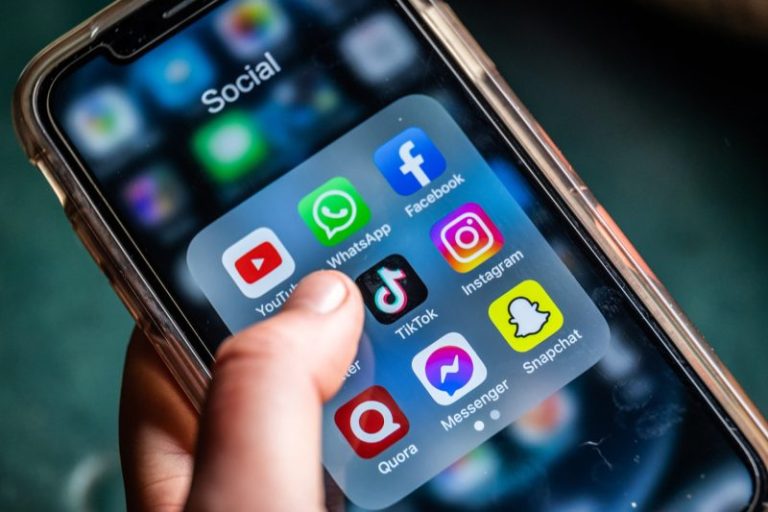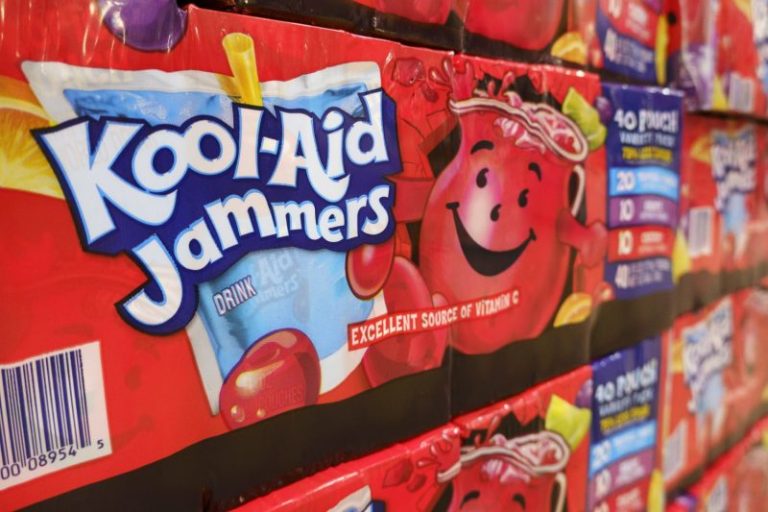Iran warned that the United States joining forces with Israel would mean an ‘all-out war,’ as Israel bombarded sites overnight that it says would have allowed Iran to continue enriching uranium, as well as attack Israeli forces.
‘Any American intervention would be a recipe for an all-out war in the region,’ Iranian Foreign Ministry spokesman Esmail Baghaei warned Wednesday during an interview with Al Jazeera English.
He did not elaborate, but thousands of American troops are based in nearby countries within range of Iran’s weapons. The U.S. has threatened a massive response to any attack.
Another Iranian official apparently ruled out demands for the country to give up its disputed nuclear program.
Iran’s ambassador to Geneva, Ali Bahreini, told reporters that Iran ‘will continue to produce the enriched uranium as far as we need for peaceful purposes.’
He rejected any talk of a setback to Iran’s nuclear research and development from the Israeli strikes, saying, ‘Our scientists will continue their work.’
Israeli warplanes pounded Tehran overnight and into Wednesday as Iran launched a small barrage of missiles at Israel with no reports of casualties, according to the Associated Press.
Israel says it launched the strikes to prevent Iran from building a nuclear weapon, after talks between the United States and Iran over a diplomatic resolution had made little visible progress over two months but were still ongoing.
President Donald Trump has said Israel’s campaign came after a 60-day window he set for the talks.
Iran has long insisted its nuclear program was peaceful, though it is the only non-nuclear-armed state to enrich uranium up to 60%, a short, technical step away from weapons-grade levels of 90%. U.S. intelligence agencies have said they did not believe Iran was actively pursuing the bomb, according to the AP. Israel is believed to be the only country in the Middle East with nuclear weapons but has never publicly acknowledged them.
The Israel Defense Forces (IDF) said Wednesday that it eliminated Ali Shadmani, identified as Iran’s ‘wartime chief of staff,’ overnight. Shadmani held the role for only four days before meeting the same fate as his predecessor, spokesperson Brig. Gen. Effie Defrin said in a video statement Wednesday.
‘We have delivered significant blows to the Iranian regime, and as such, they have been pushed back into central Iran,’ Defrin said. ‘They are now focusing their efforts on conducting missile fire from the area of Isfahan. We are aiming at military targets, they are attacking civilian homes.’
‘While we are working to remove threats from Iran, we are still fighting their proxy, Hamas in Gaza, who is still holding 53 of our hostages in brutal conditions,’ he added. ‘We will not rest until they are returned home.’
More than fifty Israeli Air Force (IAF) fighter jets conducted three waves of strikes over three hours in an extensive operation Tuesday night, hitting an Iranian centrifuge production site ‘that was intended to enable the regime to continue to enhance its uranium enrichment,’ Defrin said in another statement Wednesday. ‘This complements actions from previous operations we have conducted targeting components of the nuclear program.’
Israeli forces have struck over 1,100 different components across Iran as of the sixth day of the conflict, Defrin said.
He said IAF jets also struck several weapons and missile production sites in Tehran. On Wednesday morning, Israeli aircraft identified and struck five Iranian AH-1 attack helicopters located at Kermanshah airport.
‘We have clear goals and objectives: removing the existential threat to the State of Israel, significantly impairing the nuclear program in all its components, and inflicting substantial damage to the missile array,’ Defrin said.
The IDF said it identified around thirty launches fired from Iran towards Israeli territory in two barrages Tuesday night.
‘Most of them were intercepted, and there were no casualties. I know these are complex days, but we cannot afford complacency,’ Defrin said, warning Israelis to strictly adhere to home-front safety guidelines.
Trump initially distanced himself from Israel’s surprise attack on Friday that triggered the conflict, but in recent days has hinted at greater American involvement, saying he wants something ‘much bigger’ than a cease-fire.
The U.S. has also been shifting assets to the Middle East, including sending more warplanes to the region.
Trump said in social media posts on Wednesday that the U.S. knows where Iran’s Supreme Leader is but would not kill him, for now. He also called for the ‘complete surrender’ of Iran.
‘We now have complete and total control of the skies over Iran,’ Trump wrote.
Fox News’ Stephanie Simon and the Associated Press contributed to this report.




